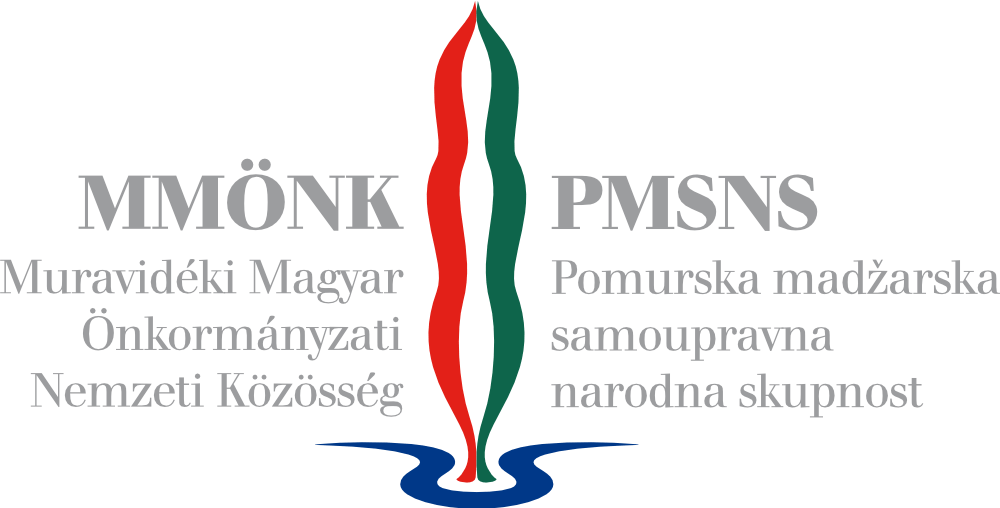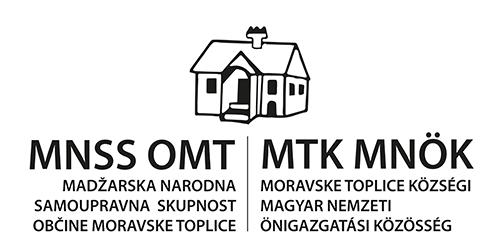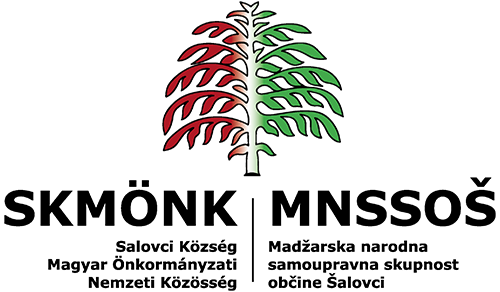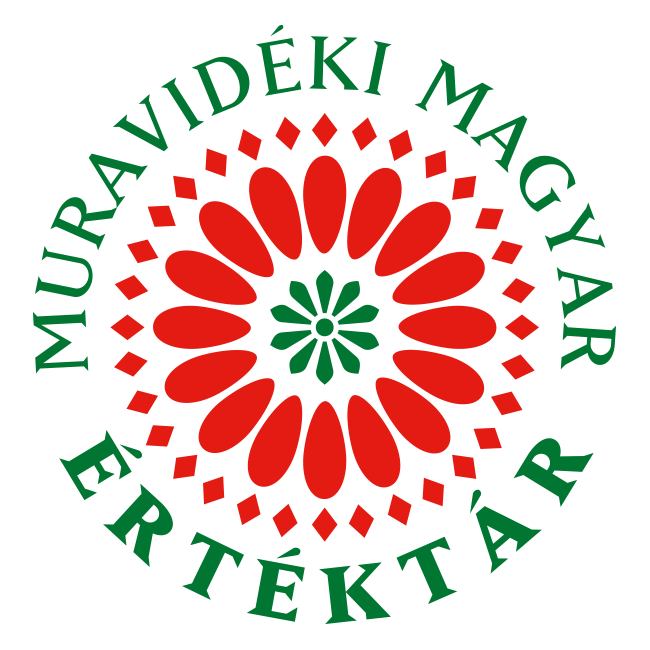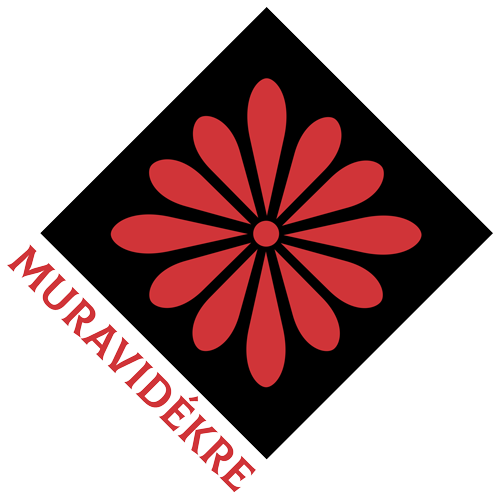 Beliefs and Customs on Saint George's Day
Beliefs and Customs on Saint George's Day
St. Martin's Day (Martinmas) – When Must Turns into Wine

St. Martin's Day marks the end of fruitful autumn and the beginning of winter. Around St. Martin´s Day, the harvests are already over, and the autumn tasks are almost completed, so people start to prepare for the cold winter days. In Slovenia, the most common custom related to wine and wine culture is St. Martin's Day on 11th November.
The folk customs connected to St. Martin's Day are rooted far in the past. Known for his generosity and kindness, Saint Martin was born in 316AD in the Pannonian province of the Roman Empire and served as a soldier of the Roman Emperor. He also proved his kind-heartedness by giving his cloak to a beggar on a cold winter evening. That night, Jesus appeared to him in a dream in the form of a beggar. It was then that Martin decided to serve God. One of the many legends about St. Martin concerns his consecration as a bishop. According to the legend, he refused the appointment because of his modesty and hid in the goose pen from the envoys who came for him, but the birds betrayed his hiding place with their loud honking. Subsequently, Martin was consecrated as Bishop of Tours.
In some parts of Slovenia, traditions associated with the holiday are still alive. In these regions, the celebration of St. Martin's name day, when must turns into wine, has is of special significance. According to folk tradition, the must is consecrated by a man dressed as a bishop, i.e. Saint Martin. In some places, an apple is placed on the barrel and studded with various spices, such as cloves and cinnamon – if the apple dries out, it is good, if it rots, it is bad. In many regions, it is still believed that goose should be eaten on this day, because “whoever does not eat goose on St. Martin's Day will starve all year round”.
Slovenian viticulture and wine culture are represented by three wine regions with nine wine-growing areas, where grapes have been grown since ancient Roman times. When visiting Prekmurje, one can find many hidden treasures, as on the surrounding slopes high-quality grapes grow. This wine-growing region is characterised by a varied topography: flat areas no higher than 270 metres and steeper parts, which in some places reach an altitude of 400 metres above sea level. The region has a centuries-old tradition of viticulture, as the natural conditions and climate are extremely suitable for grape and wine production. This is proven not only by the delicious, aromatic wines, but also by the cosy wine cellars, wine bars and numerous events related to wine production. Visit one of the wine cellars in Prekmurje and spoil your taste buds with the most common wine varieties, such as Furmint, Chardonnay, Italian and Rhine Riesling, Gewürztraminer and Blaufränkisch.
Sources:
https://www.ovinu.si/zemljevid
https://www.slovenia.info/sl/zgodbe/martinovanje-veselje-ob-novi-letini-vina






